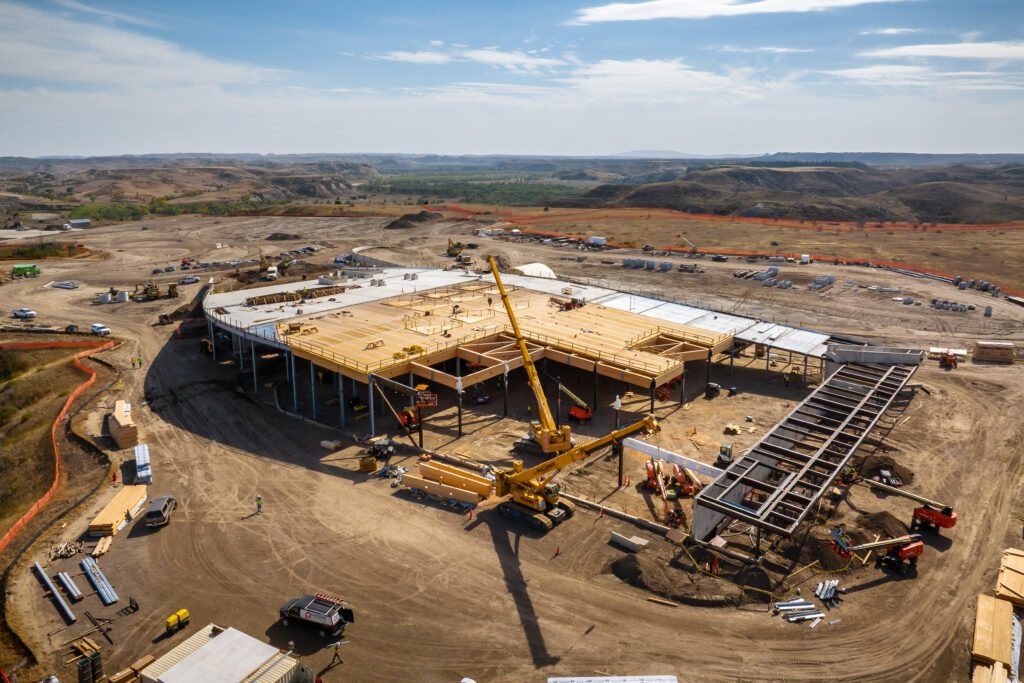Imagine your projects being more precise, efficient, and sustainable?
by Ricardo Brites, Contributing Author for Civil + Structural Engineer
Design for Manufacturing and Assembly (DfMA) is leading the way in modern building design, reshaping how we build, especially when it comes to mass timber. It’s the engineer’s toolkit for smarter, more sustainable structures.
The construction industry is grappling with growing demands for environmental responsibility and project efficiency. Exploring how DfMA can be effectively applied to mass timber design from an engineering perspective is crucial to improving buildability and fostering better project outcomes with one of the fastest-growing building materials and modern-world project demands at the front of mind.
Engineering Precision and Efficiency
The DfMA approach is reshaping the engineering of mass timber projects by optimizing design and construction processes. Traditional construction methods often involve complex designs with numerous unique components that can lead to errors, inefficiencies, and delays. In contrast, DfMA simplifies both the design and assembly phases, leading to considerable improvements in precision and efficiency. DfMA instills confidence in its application, minimizing errors and accelerating project timelines by simplifying the process steps, reducing the complexity of components, and streamlining the assembly process.

